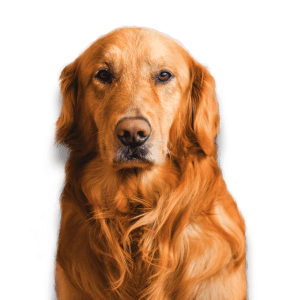
What is it?
Better known as "bloat" or a "torsion", a Gastric Dilation and Volvulus (GDV) is a rapidly progressing condition that is almost invariably fatal without treatment.What causes it?
A GDV occurs when the dog's stomach fills with gas (the "dilation" or "bloat") and then twists (the "volvulus" or "torsion"). This cuts off the blood supply to the stomach and spleen, so these organs start to die; however, it also prevents bloodflow back to the heart, so affected dogs rapidly go into shock. To make matters worse, multi-organ failure then develops, which releases toxic amounts of potassium into the blood, causing the heart to fail. No-one knows exactly why a GDV occurs, but there are certain risk factors we are aware of.What dogs are at risk?
Certain breeds are particularly prone to developing a GDV, usually large and giant breed dogs with a deep-chested conformation (such as Great Danes, German Shepherds, Setters). However, it can occur in any breed. There does appear to be a genetic component, as close relatives of dogs that have had a GDV are at higher risk themselves. Finally, feeding strategies - exercising vigorously immediately after eating or drinking is a known trigger factor.What are the symptoms?
Typically, the dog first appears restless or uncomfortable; then they start retching. This is usually unproductive, with nothing coming up, but sometimes white froth is seen. They are obviously painful, and the left side of their abdomen (or, later, both sides) may be visibly distended. They will then start showing signs of shock, with pale gums, fast heart rate and panting or laboured breathing. This is followed by collapse and ultimately death.How is it diagnosed?
In many cases, the diagnosis is clear from a simple examination of the dog; however, if there is a question mark over the cause of the symptoms, an X-ray will show the gas-filled, distended stomach occupying the majority of the front half of the abdomen.How can it be treated or managed?
THIS IS AN EMERGENCY THAT REQUIRES IMMEDIATE VETERINARY ATTENTION
For first aid, it is sometimes possible for the vet to pass a stomach tube to deflate the stomach; if not, they will often use a wide-gauge needle to let the gas out and buy time. These dogs are highly unstable and require intensive care fluid and electrolyte therapy before they are fit for surgery. Sometimes, heart medications are needed to stabilise the heartbeat as well. Definitive repair requires a surgical procedure called a "gastropexy", where the stomach is returned to its normal position and then fixed to the abdominal wall so it cannot twist again.